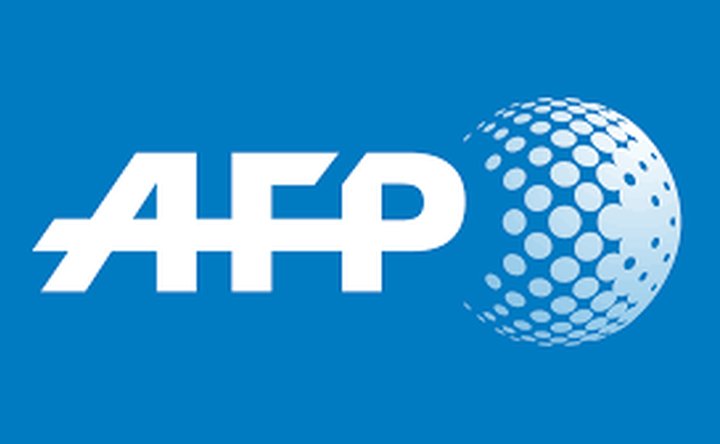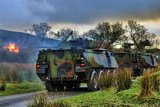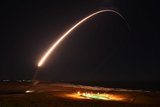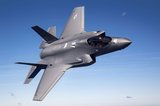Moscow slams Norway plans to double US troop presence
Moscow on 14 June criticised Norway's plans to ask Washington to double the number of US troops stationed in the Scandinavian country and deploy them nearer the border with Russia.
The plans ‘cause us serious concern,’ Russia's embassy in Norway wrote on its Facebook page.
Before joining NATO in 1949, Norway allayed Russian fears by pledging not to open its territory to foreign combat troops so long as it was not attacked or threatened with attack.
The stationing of US troops in Norway ‘contravenes the Norwegian decision from 1949... This makes Norway less predictable, can stoke tensions, incite an arms race and lead to a destabilisation of the situation in northern Europe,’ the embassy wrote.
Oslo's announcement came after nine nations along NATO's eastern flank recently called for the alliance to bolster its presence in their region.
Since 2017, 330 US Marines have been deployed on rotation at Vaernes in the centre of Norway, despite loud protests from Russia.
Oslo now wants to boost the troop numbers to 700 and station them further north at Setermoen, 420kms from Russia.
The US deployment agreement would also be extended from the current six-month renewable periods to five years.
Frank Bakke-Jensen, Norwegian Minister of Defence, said in a statement: ‘The defence of Norway depends on the support of our NATO allies, as is the case in most other NATO countries. For this support to work in times of crises and war, we are totally dependent on joint training and exercises in times of peace.’
Bulgaria, Czech Republic, Estonia, Hungary, Latvia, Lithuania, Poland, Romania and Slovakia had on 8 June called for NATO to discuss an increased military presence in their region at the leaders' summit in Brussels in July 2018.
The group said it was necessary to supplement NATO's current ground forces ‘with aerial and naval components.’
NATO beefed up defences in central and eastern Europe in response to growing fears about Russia, following Moscow's annexation of Crimea in 2014.
Norway has insisted that it is respecting its 1949 commitment, noting that the troop presence is not permanent but rotational.
But Moscow rejected that argument.
It said: ‘Even if the actual people are rotated, the stationing is continuous.’
Russia also expressed ‘concern’ that the ‘plans were agreed in Oslo without any real bilateral political dialogue.’
More from Defence Notes
-
![Canada set to look away from its neighbour and across the Atlantic for partners]()
Canada set to look away from its neighbour and across the Atlantic for partners
While non-EU UK struggles to join the Security Action for Europe initiative, which provides loans for defence programmes, Canada has become the first country outside Europe to get access – and did so for a nominal fee.
-
![NATO experiments with solutions to integrate networks, AI and uncrewed systems]()
NATO experiments with solutions to integrate networks, AI and uncrewed systems
During the latest edition of the NATO DiBaX, the alliance tested multiple capabilities to inform requirements for future efforts.
-
![Leonardo unveils plans for Michelangelo air defence dome]()
Leonardo unveils plans for Michelangelo air defence dome
The new multi-layered defence system will harness AI to neutralise airborne threats and protect Europe from Russian aggression.























